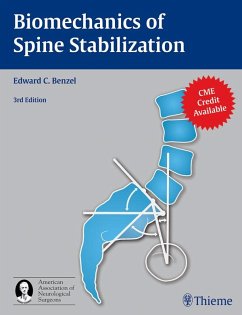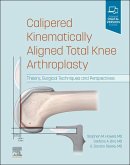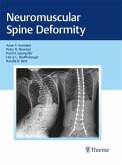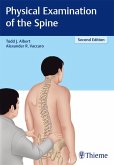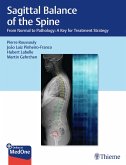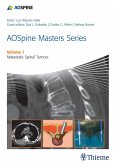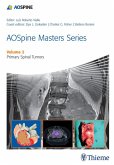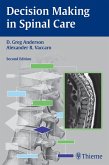A comprehensive reference on the latest spine technologies
Biomechanics of Spine Stabilization, Third Edition, is a comprehensive and highly readable reference that helps spine specialists understand the clinically important biomechanical principles underpinning spinal surgery and instrumentation so that the best clinical decisions can be made for patients. This new edition includes coverage of the latest spine technology that has evolved over the past decade, such as motion preservation technologies and minimally invasive spine surgery.
Features:
This book is an excellent clinical reference for spine surgeons, residents, and fellows in the fields of orthopedic surgery and neurosurgery, neuroradiologists, and engineers working for spine device companies.
Biomechanics of Spine Stabilization, Third Edition, is a comprehensive and highly readable reference that helps spine specialists understand the clinically important biomechanical principles underpinning spinal surgery and instrumentation so that the best clinical decisions can be made for patients. This new edition includes coverage of the latest spine technology that has evolved over the past decade, such as motion preservation technologies and minimally invasive spine surgery.
Features:
- Single-authored text with the consistent, authoritative voice of world-renowned expert Dr. Benzel
- More than 350 new figures and original line drawings help clarify information in the text
- Extensive glossary of basic terminology on biomechanics for quick, easy reference
- More than 400 review questions at the back of the book for help with exam preparation
This book is an excellent clinical reference for spine surgeons, residents, and fellows in the fields of orthopedic surgery and neurosurgery, neuroradiologists, and engineers working for spine device companies.
Dieser Download kann aus rechtlichen Gründen nur mit Rechnungsadresse in A, D ausgeliefert werden.

